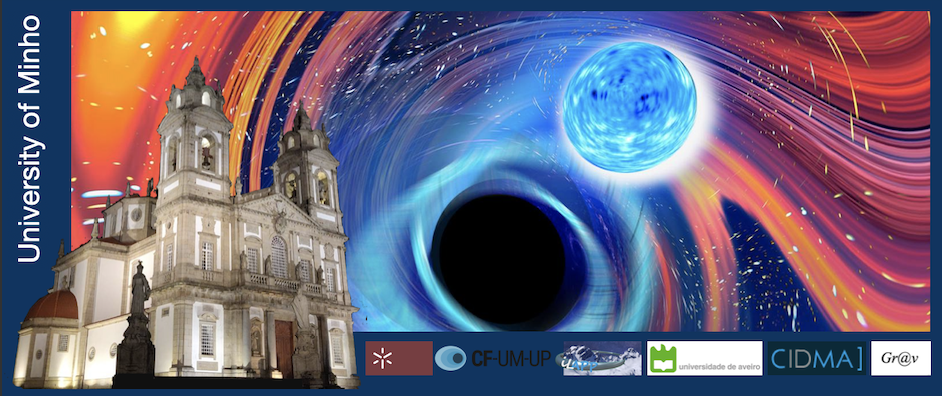Speakers
Description
Extreme mass ratio inspirals (EMRIs) are sources of gravitational waves that we expect to be ob- served by LISA. These binary sources are composed of a primary supermassive black hole and a secondary much lighter compact object. Hence, the mass ratio between the secondary and the pri- mary is very small allowing us to approach the contribution of the secondary object to the binary system as a perturbation to a Kerr black hole background. The dissipation due to radiation reaction is actually slow when compared to the orbital motion of the secondary around the primary. This allows us to use a two timescale approach to model an EMRI. The slow time scale is concerned with the evolution of the constants of motion, which correspond to the action variables of the system, while the fast time scale is concerned with the orbital phases of the secondary, which correspond to the angle variables of the system. Therefore, expressing the geodesic motion on a Kerr back- ground in action angle variables comes as a natural way to describe it. In our work, we use the Lie series approach of the canonicacal perturbation theory to simplify the system, which allows us to have the respective Hamiltonian expressed purely in terms of actions. As a result all the important quantities, such as the characteristic frequencies of motion, are in closed form. Since the Lie approach is based on a canonical transformation, we have an invertible mapping between the original coordinates and the action-angle ones.
